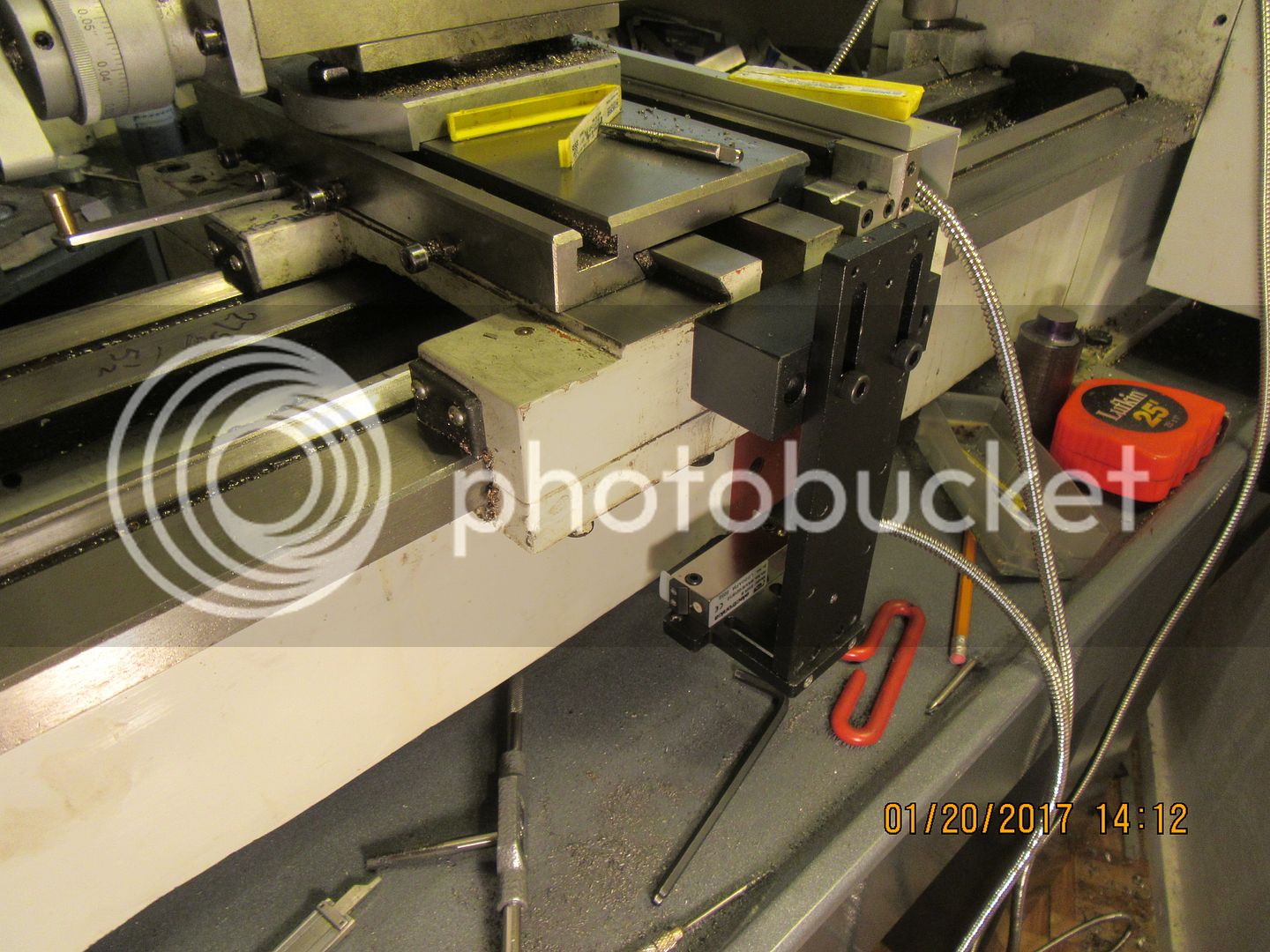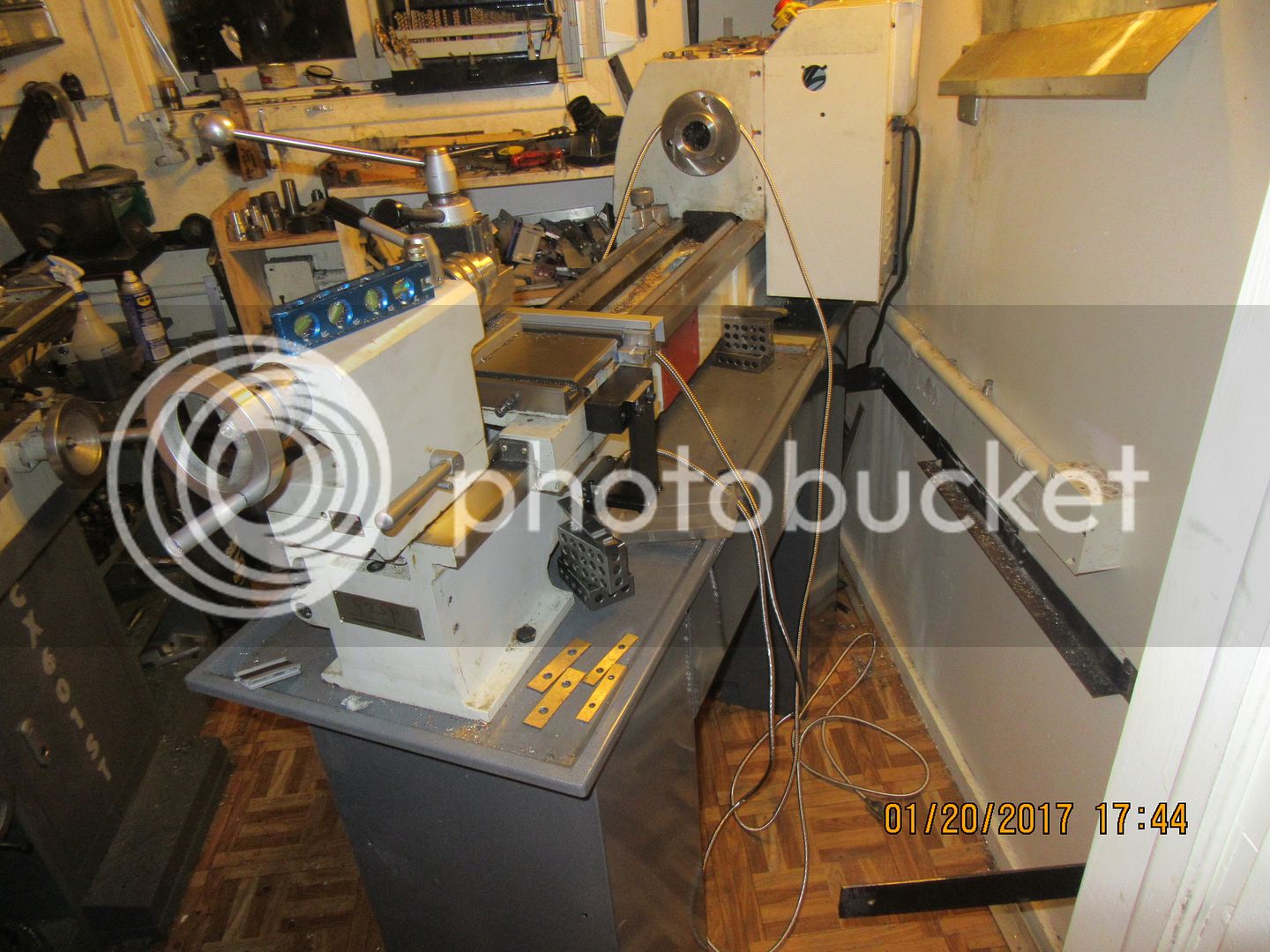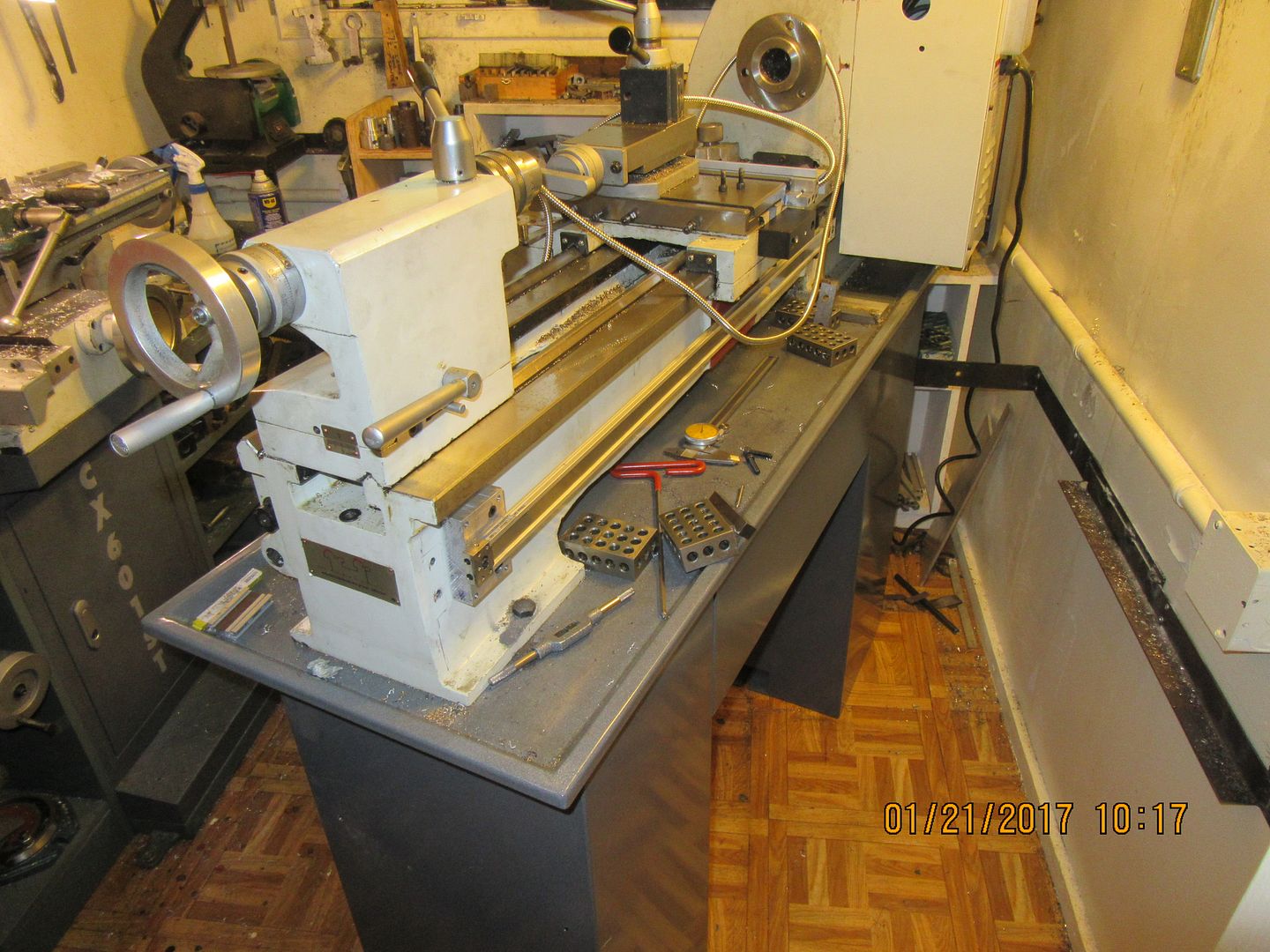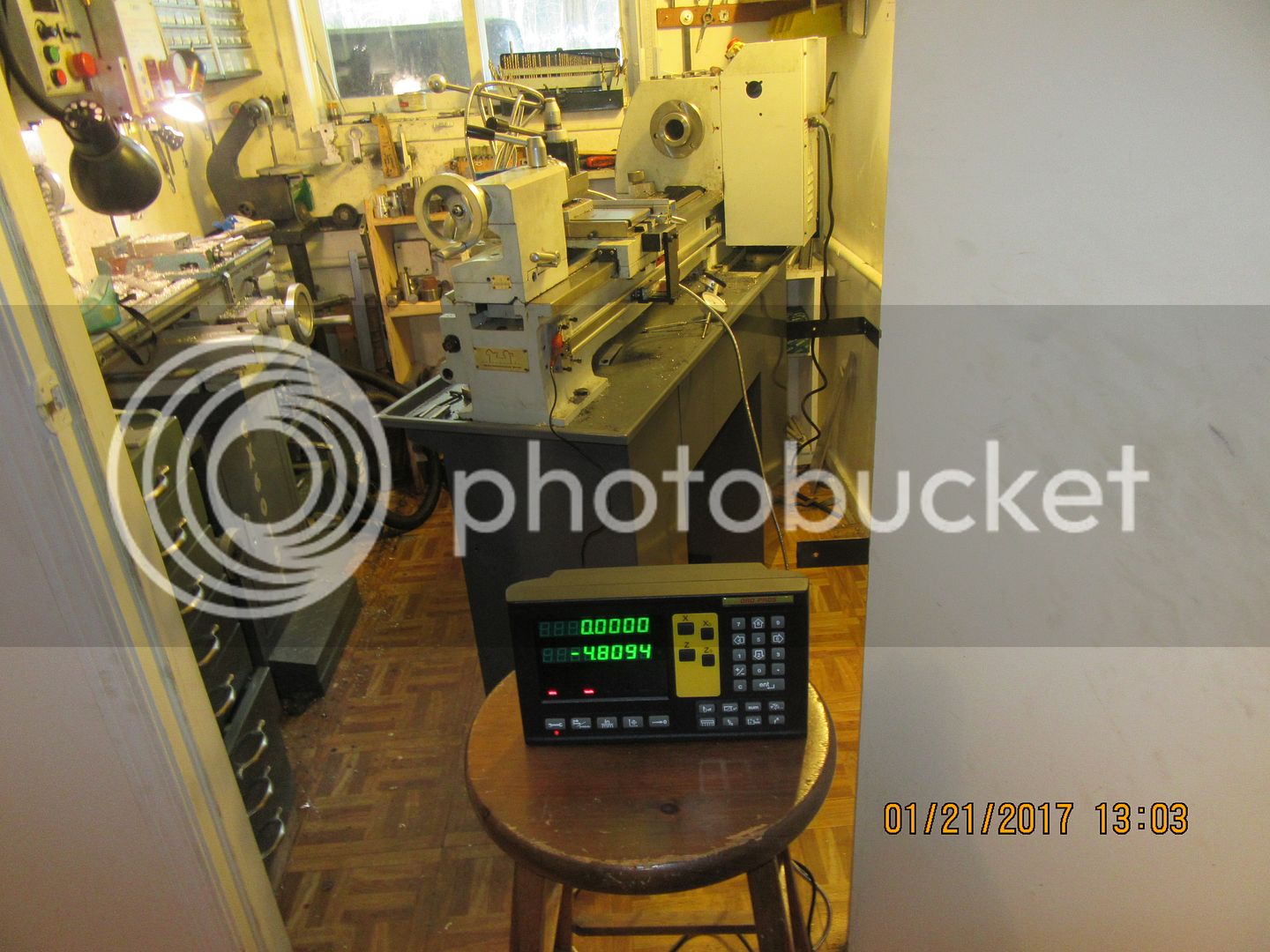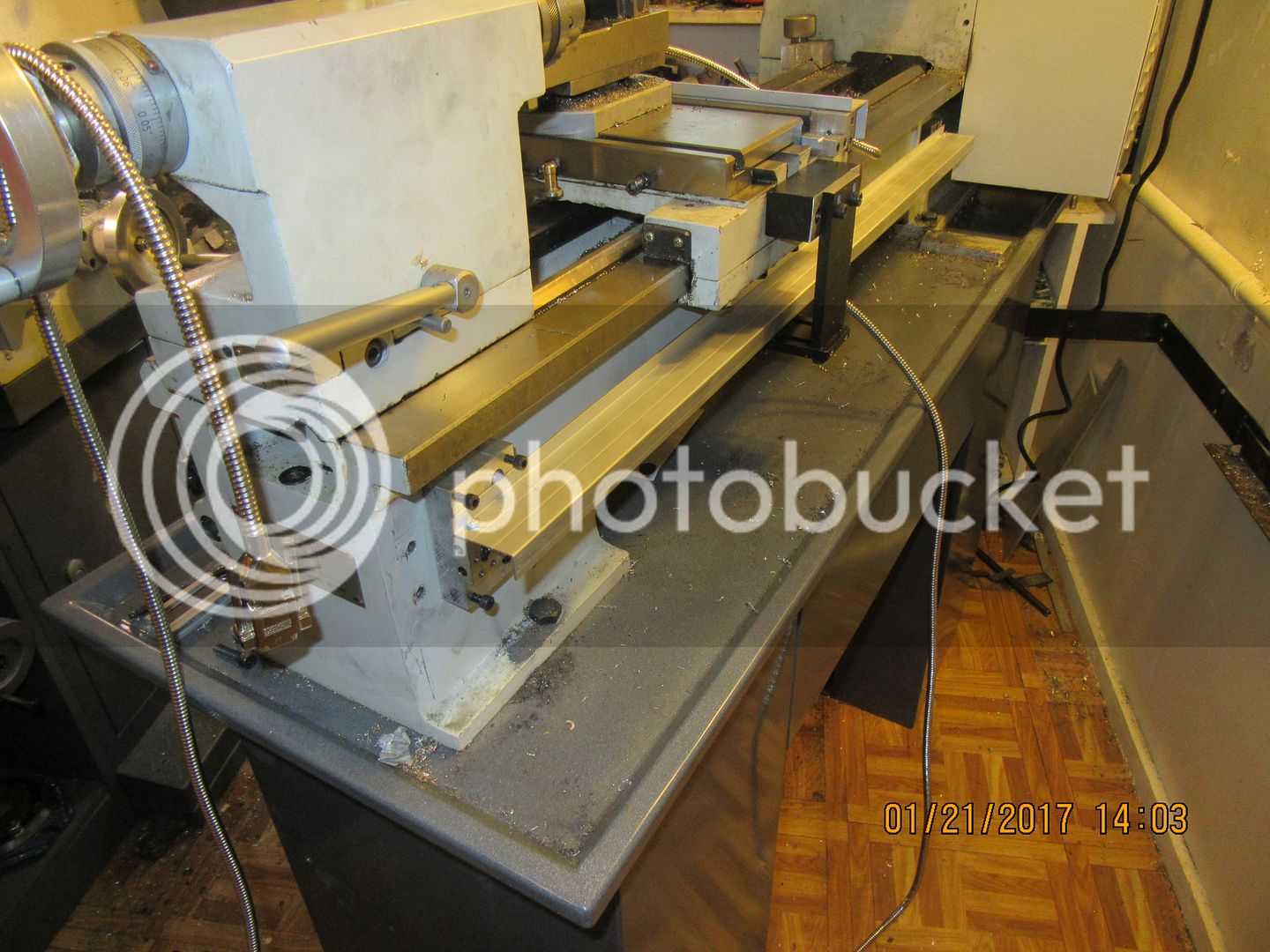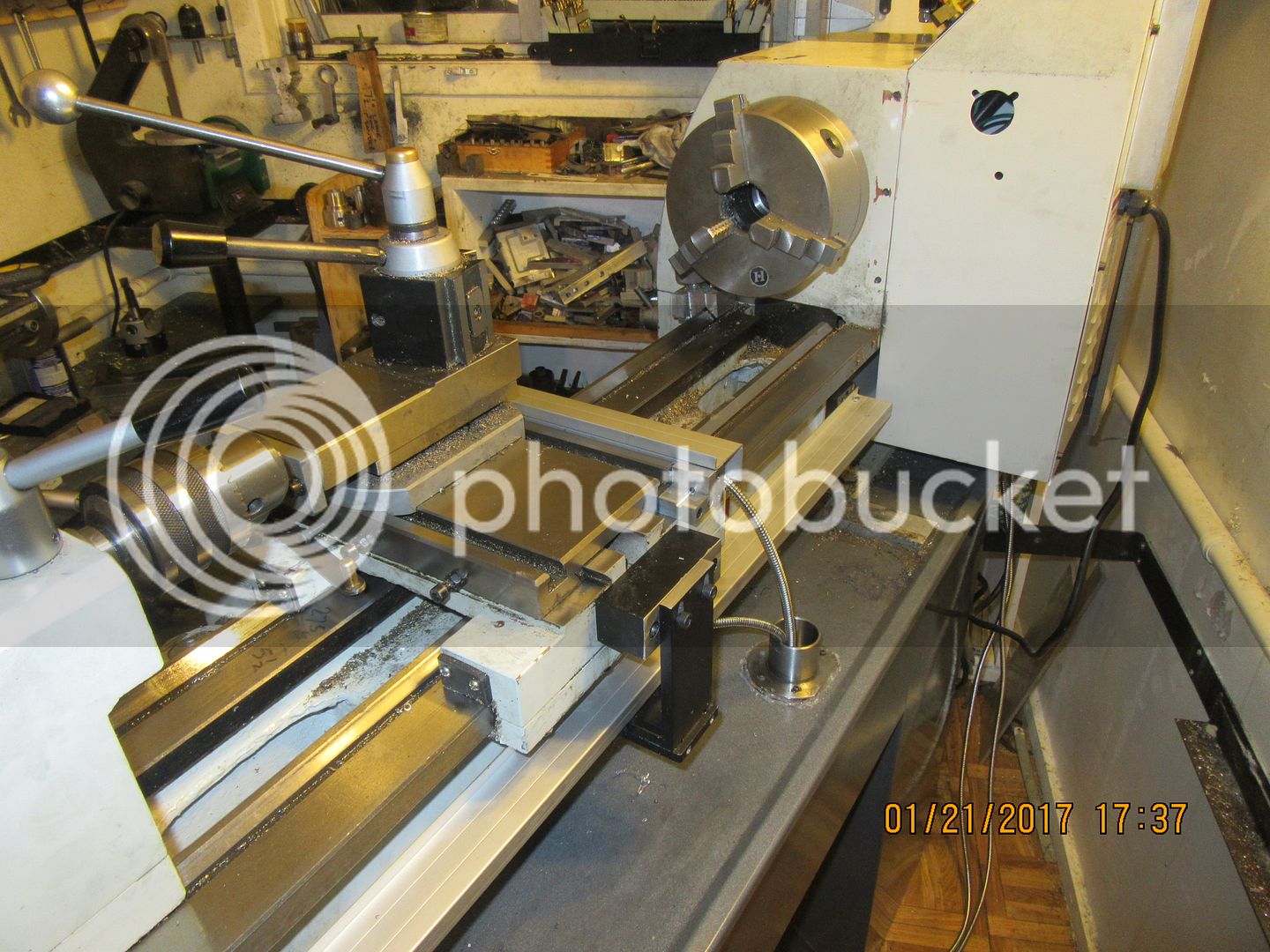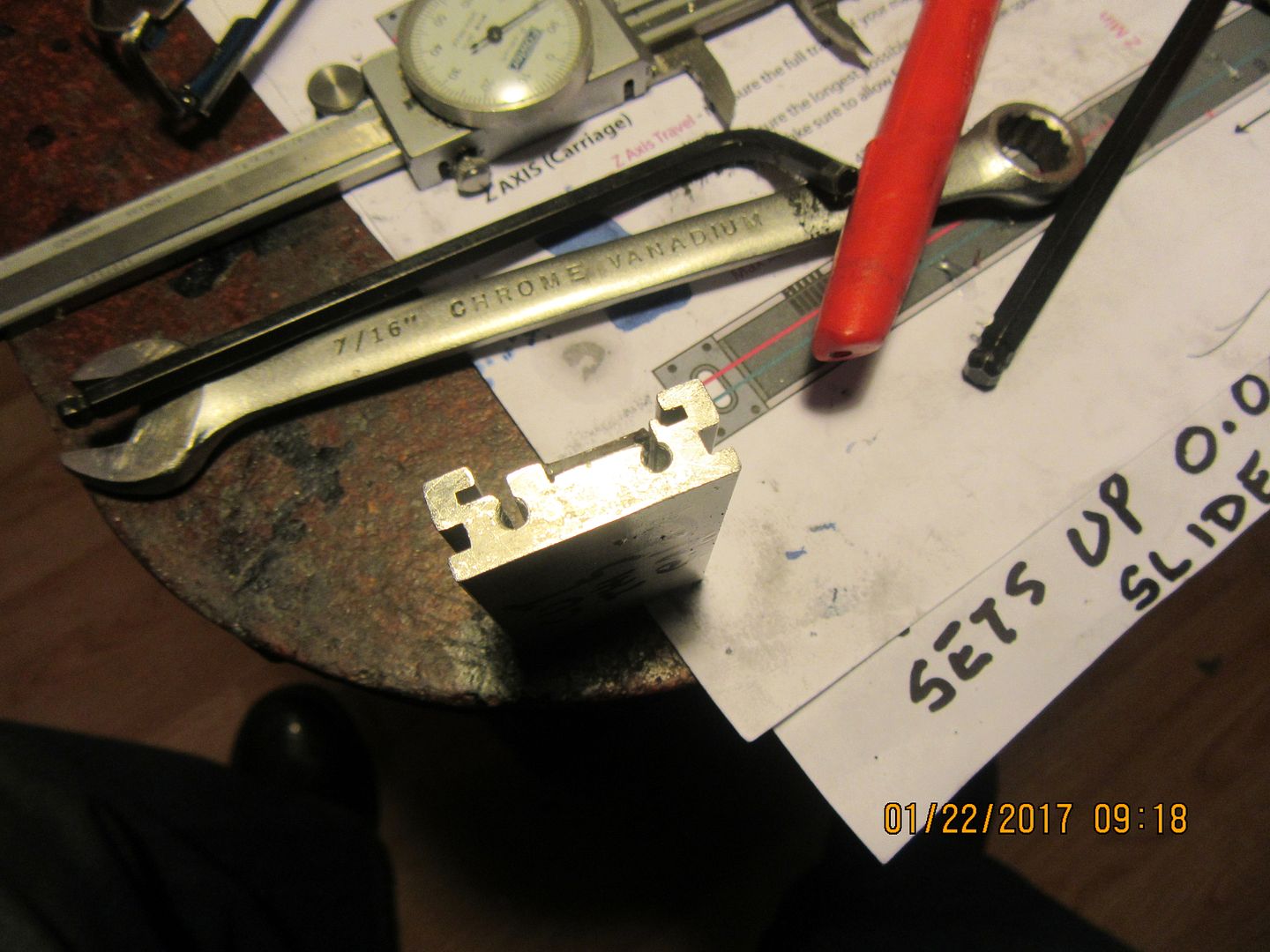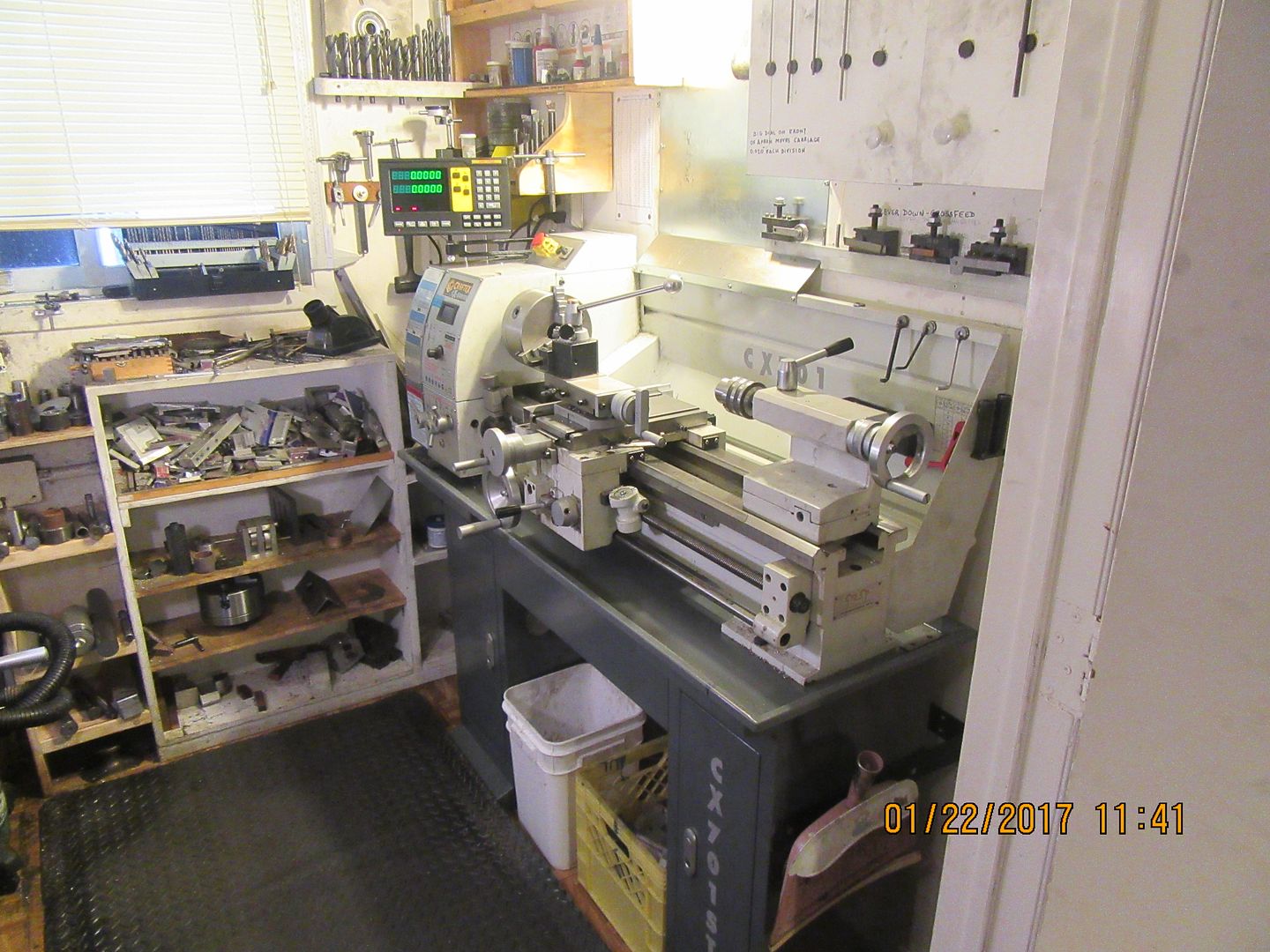Brian,
I like the use of the piece of wood, get it centred and the length before even looking at cutting the scale to the correct length.
I would love to put DRO's on my lathe and mill, but my budget for the next couple of years prevent that.
Cheers
Andrew
I like the use of the piece of wood, get it centred and the length before even looking at cutting the scale to the correct length.
I would love to put DRO's on my lathe and mill, but my budget for the next couple of years prevent that.
Cheers
Andrew








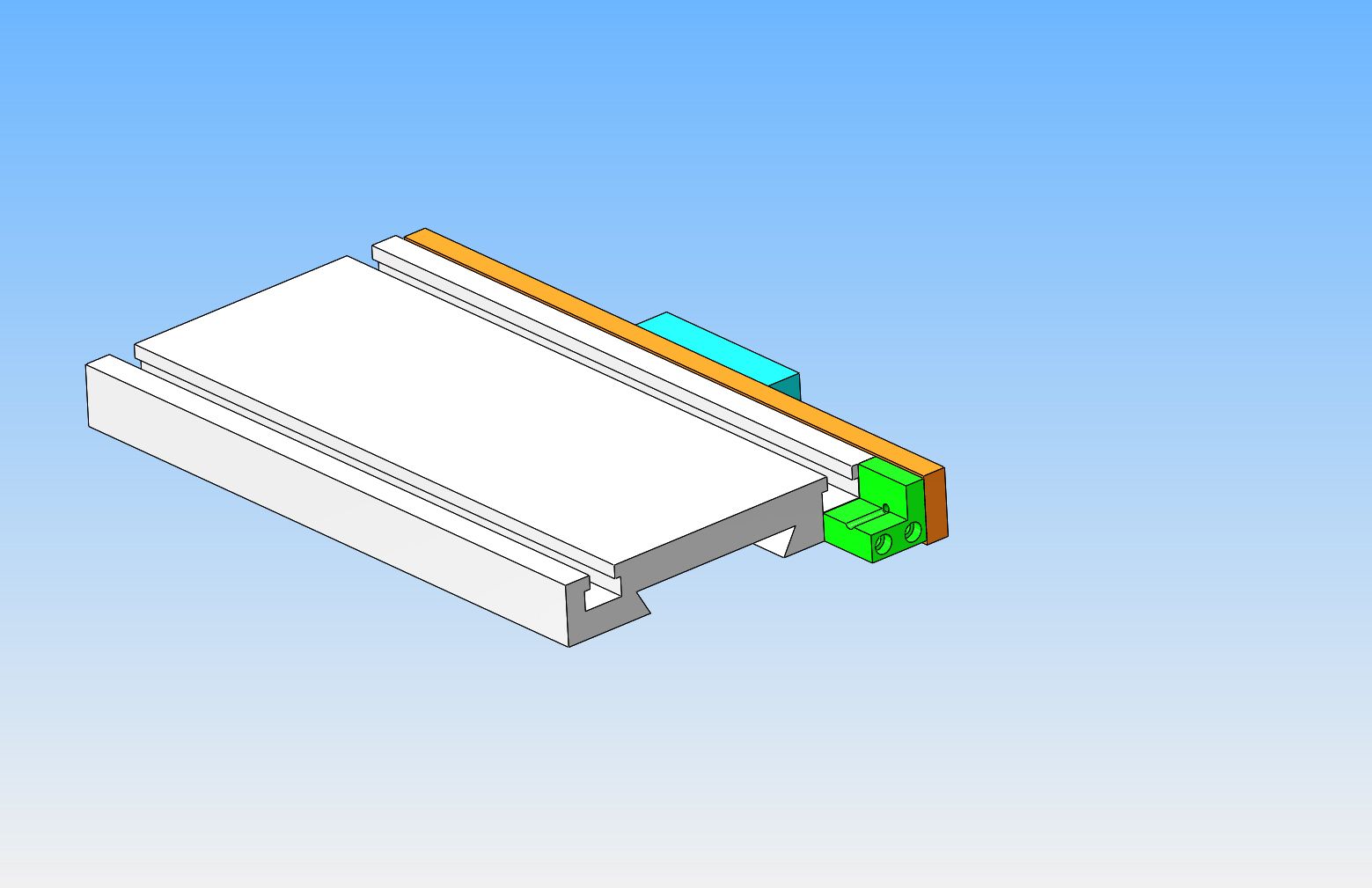
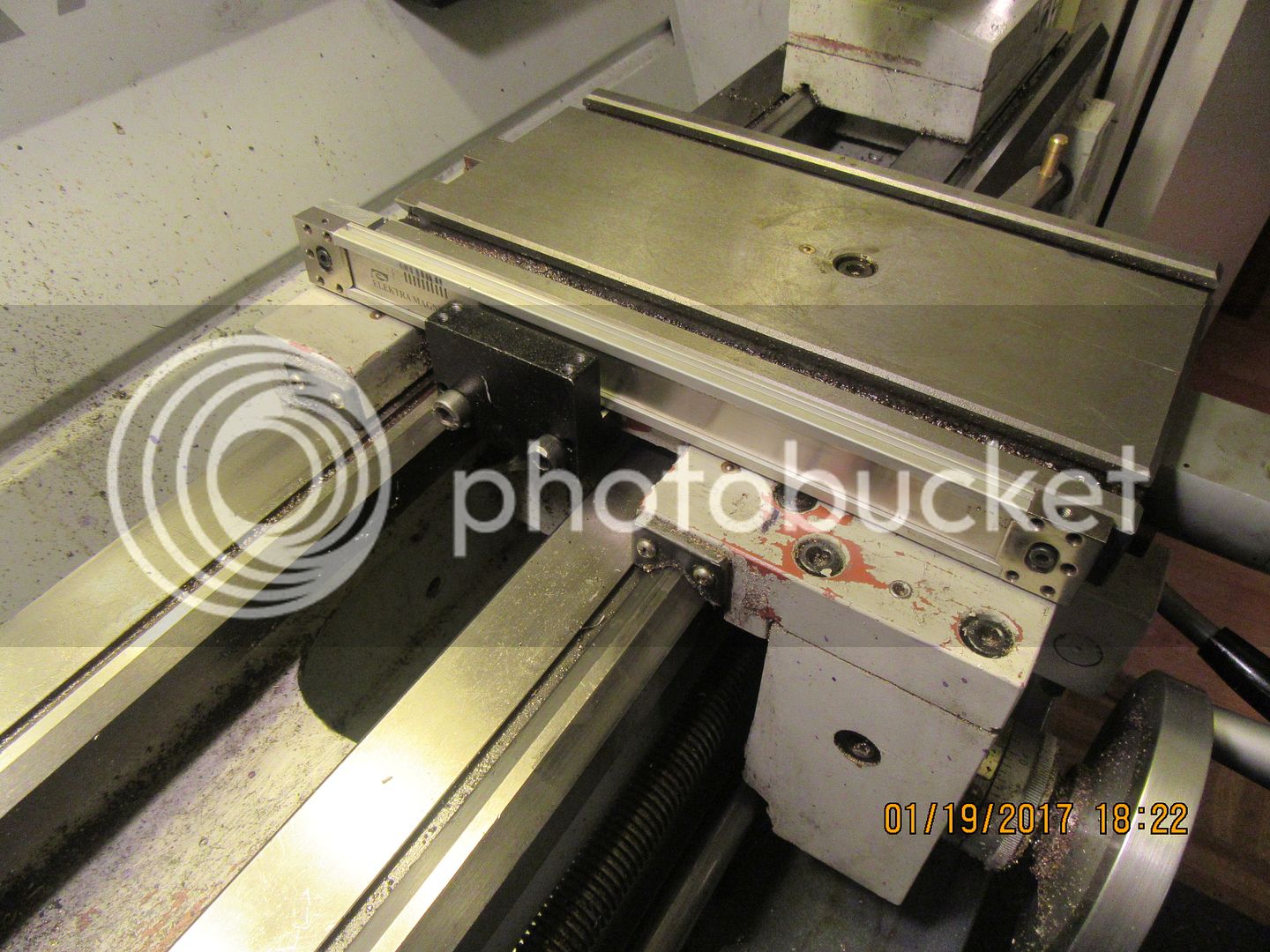
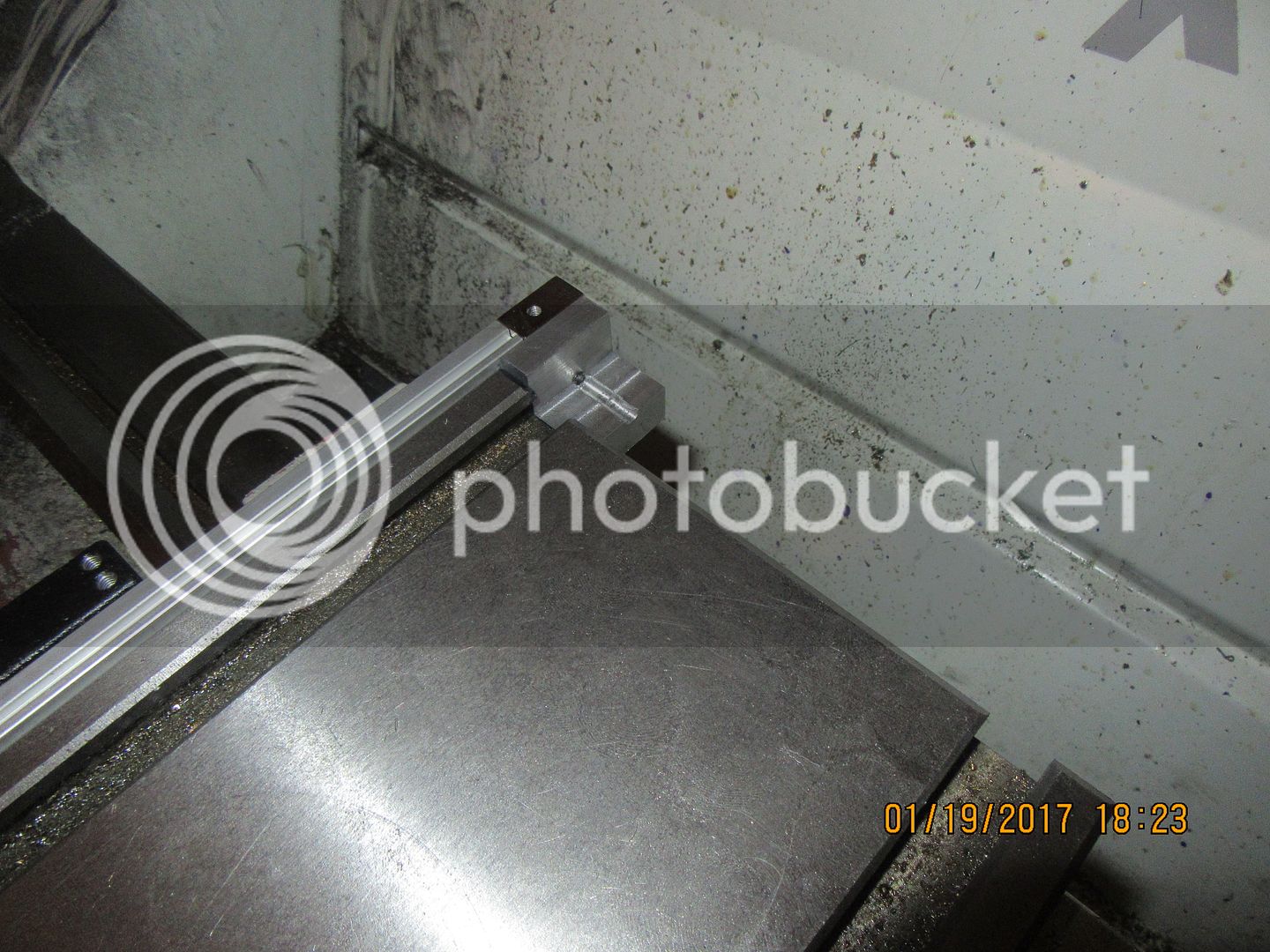
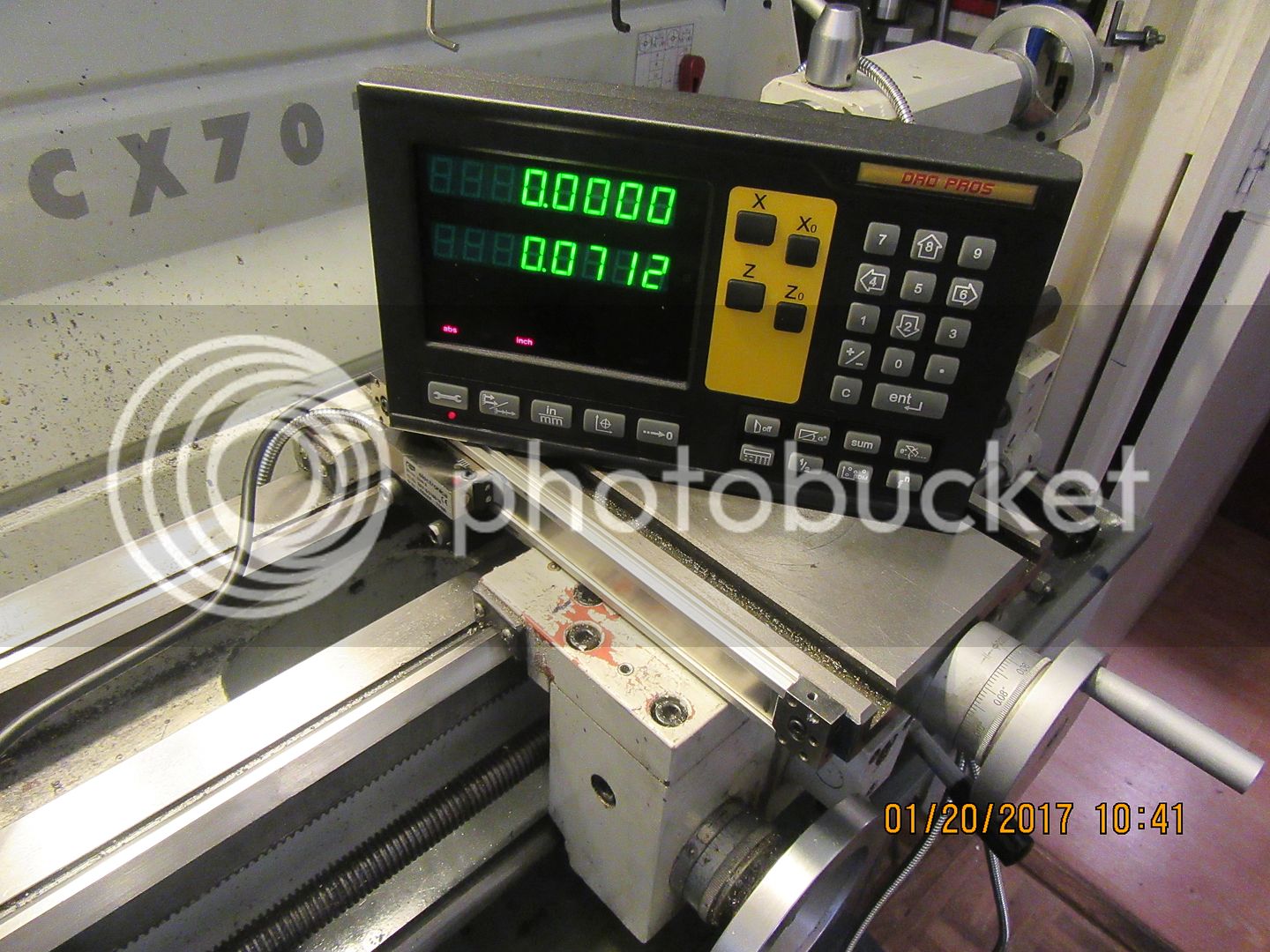
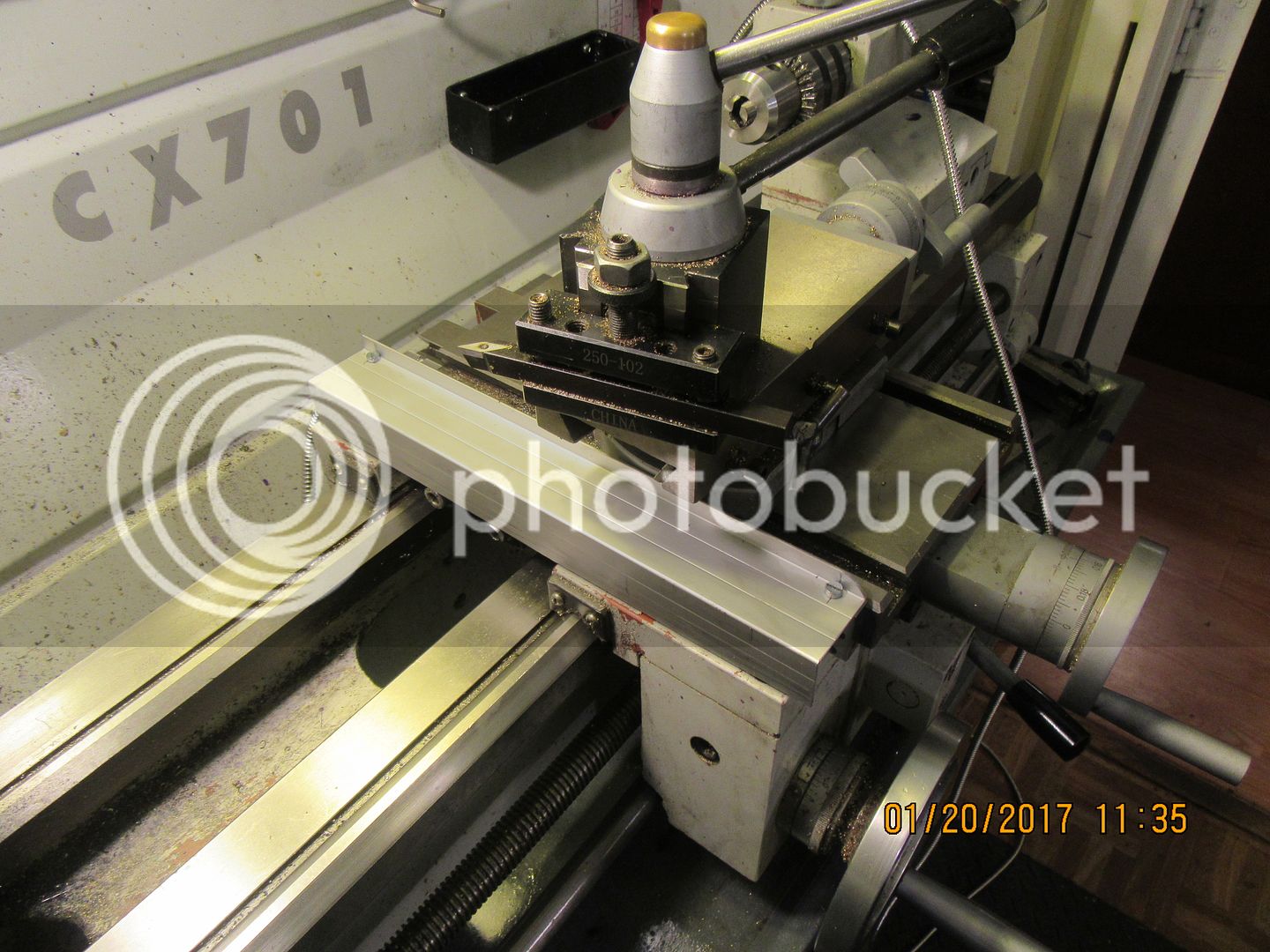
































![DreamPlan Home Design and Landscaping Software Free for Windows [PC Download]](https://m.media-amazon.com/images/I/51kvZH2dVLL._SL500_.jpg)






















